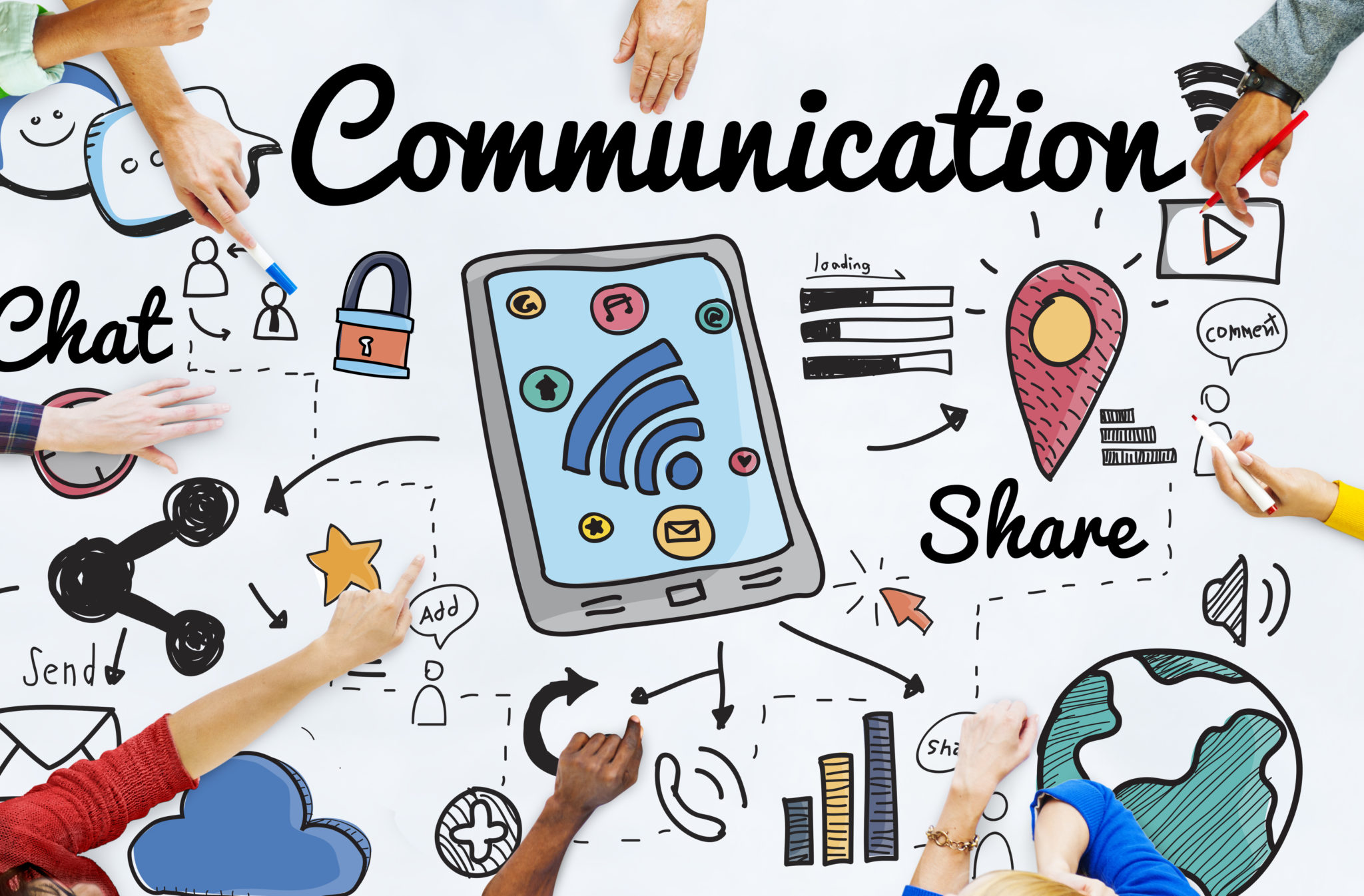 How In-App Messaging Can Transform Customer Communication
How In-App Messaging Can Transform Customer Communication
In today’s digital age, effective communication with customers is crucial for businesses to build strong relationships and stand out from the competition. However, customers are becoming increasingly overwhelmed with information and are seeking more control over how companies connect with them. Carrie Sumlin, Executive Director of Digital Product and Experience at Ally Financial, emphasizes that customers want relevant and actionable communication that they can control.
Furthermore, customers have grown accustomed to communicating with each other through private groups and large communities. They want the same experience when interacting with brands, using the brand’s applications and traditional channels like WhatsApp and iMessage. Shailesh Nalawadi, Head of Product at Sendbird, highlights the importance of allowing customers to have conversations on channels they are comfortable with.
To ensure consistent customer engagement across the organization, companies face the challenge of consolidating customer communications into a seamless experience. For example, Ally Financial aims to move customers through various touchpoints while maintaining a consistent message. This requires coordination between marketing teams, digital teams, tech teams, and contact center teams.
Many organizations have access to customer communication tools for marketing purposes but struggle to integrate other types of communications. This lack of integration creates inconsistency in the customer journey. To address this challenge, Ally Financial adopted a platform strategy that allows for consistent communication across the entire enterprise. By using the same tools and techniques, organizations can create understanding and visibility throughout their teams.
The core idea behind this strategy is delivering the right information to the right person at the right time. In-app messaging has emerged as a central hub for customer communications, providing a seamless experience. Leading consumer brands are leveraging in-app messaging for marketing, customer support conversations, purchase confirmations, and more.
In-app messaging allows companies to deliver thoughtful and relevant messages to customers. For example, Ally Financial offers savings tools complemented by push notifications that encourage customers to reach their goals. The app also provides personalized advice on how to save more, creating a contextual and effective messaging experience.
When deciding between in-house solutions and third-party vendors, companies must consider factors such as speed, cost, and differentiation. Some products benefit from third-party solutions, while others require in-house development to set the company apart. Budget and skill availability also play a role in this decision-making process.
Investing in generative AI tools can be beneficial for companies in the long run. However, finding experts in this field can be challenging. Sumlin emphasizes the importance of upskilling employees to ensure scalability and differentiation in the future.
In conclusion, in-app messaging is a powerful tool for transforming customer communication. It allows organizations to deliver relevant and actionable messages while maintaining consistency throughout the customer journey. By adopting a platform strategy and leveraging in-app messaging, companies can maximize their communication efforts and build stronger relationships with their customers.
(Note: The content has been enhanced with additional insights and analysis to provide a more engaging and informative narrative.)

